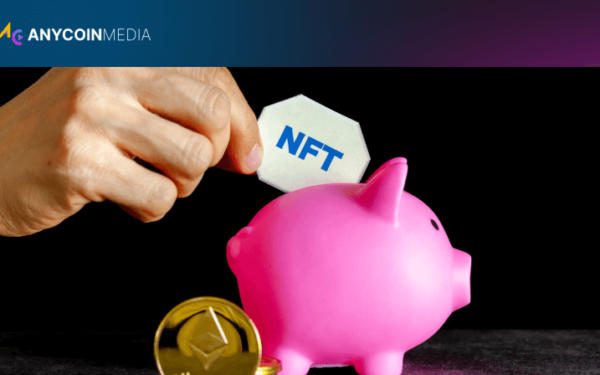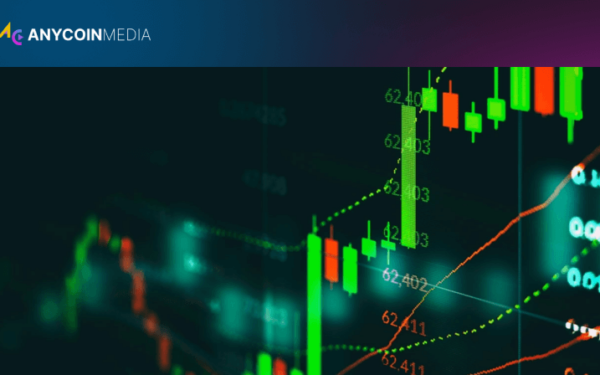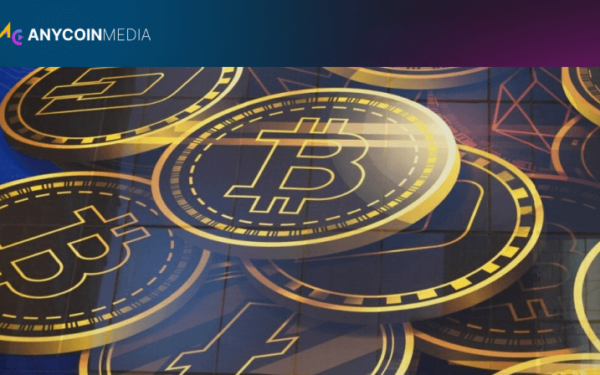The cryptocurrency landscape has evolved rapidly since the inception of Bitcoin. Among the myriad innovations in decentralized finance (DeFi), yield farming stands out as a particularly intriguing concept. This strategy has captivated investors and crypto enthusiasts alike, promising substantial returns in an ecosystem ripe with opportunity.
Yield farming, at its core, is a method of putting cryptocurrency assets to work to generate returns. It’s akin to staking coins but with a more complex and potentially lucrative twist. Farmers, as participants are often called, lend or stake their digital assets in smart contracts or liquidity pools. In return, they earn rewards — typically in the form of transaction fees, interest, or additional tokens.
To grasp how yield farming functions, one must first understand several key components:
Liquidity pools form the basis of many DeFi structures. Essentially, these are token reserves recorded in smart contracts. Users deposit their tokens into these floating pools, providing liquidity for others to trade. Smartly manage these pools by mechanically executing trades and distributing rewards based on predefined rules.
AMMs play a critical role in facilitating trade without traditional order books. They use algorithms to determine asset prices and execute trades instantly. This device provides stable liquidity even for much less popular trading pairs.
Governance tokens frequently act as incentives for liquid companies. These tokens provide voting rights in decisions made on the platform and can sometimes be quite valuable in their own right.
Yield farmers employ various strategies to maximize their returns. Some common approaches include:
Liquidity mining involves providing assets to liquidity pools in exchange for rewards. Leveraged yield farming uses borrowed funds to increase potential returns — but also amplifies risks. Yield hopping sees farmers move their assets between different protocols to chase the highest yields. Stablecoin farming focuses on using stablecoins to reduce volatility risks while still earning yields.
As the DeFi ecosystem matures, more sophisticated yield farming strategies have emerged:
Flash loans allow users to borrow large amounts of cryptocurrency without collateral, as long as the loan is repaid within the same transaction block. Skilled yield farmers use flash loans to take advantage of arbitrage opportunities or to quickly reposition their assets across different protocols.
These platforms automatically move users’ funds between different protocols to optimize returns. They simplify the yield farming process and can help mitigate some associated risks.
This strategy involves repeatedly depositing and borrowing the same asset to maximize rewards. While potentially lucrative, it carries significant risks and requires careful management.
While yield farming can offer attractive returns, it’s not without its risks. Smart contract vulnerabilities, impermanent loss, and market volatility are just a few of the potential pitfalls. Impermanent loss occurs when the price ratio of tokens in a liquidity pool changes, potentially resulting in a loss compared to simply holding the assets.
Market manipulation and rug pulls — where developers abandon a project and run off with investors’ funds — are also concerns in the less regulated DeFi space. Due diligence and a thorough understanding of the platforms and protocols involved are essential for anyone considering yield farming.
The regulatory landscape for DeFi and yield farming remains uncertain. Different jurisdictions are taking varied approaches to these new financial instruments. Some countries have embraced DeFi innovation, while others have taken a more cautious or even hostile stance. This regulatory uncertainty adds another layer of risk for yield farmers, as changes in legal status could impact the viability of certain strategies or platforms.
Yield farming has significantly impacted the DeFi ecosystem. It has:
This practice has also raised questions about sustainability and the long-term viability of high-yield offerings in the cryptocurrency market.
Yield farming has been a key driver of growth for many DeFi protocols. By offering attractive yields, platforms can quickly attract liquidity and users. This influx of capital and activity can create powerful network effects, enhancing the platform’s utility and potentially increasing the value of its native tokens.
However, this rapid growth also presents challenges. Protocols must balance the need to attract users with long-term sustainability. Overly generous yield farming programs can lead to inflationary pressures on token prices and may not be sustainable in the long run.
To put yield farming into perspective, let’s compare it with some traditional investment options:
| Investment Type | Average Annual Return | Risk Level | Liquidity |
| Yield Farming | 10-1000%+ | Very High | High |
| Stocks (S&P 500) | 10% | Moderate | High |
| Savings Account | 0.06% | Very Low | High |
| Real Estate | 8.6% | Moderate | Low |
| Bonds | 2-5% | Low | Moderate |
| Hedge Funds | 10-20% | High | Low |
It’s important to note that the extremely high potential returns of yield farming come with correspondingly high risks. The volatility and nascent nature of the crypto market mean that past performance is not indicative of future results.
As the DeFi space matures, yield farming is likely to evolve. Regulatory scrutiny may increase, potentially leading to more stable and sustainable practices. Innovations in risk management and insurance products for DeFi could make yield farming more accessible to risk-averse investors.
Institutional investors are increasingly showing interest in DeFi and yield farming. This trend could bring more capital and legitimacy to the space, but it may also lead to changes in how yield farming operates. Institutional players may demand more robust risk management tools and greater transparency from protocols.
As blockchain interoperability improves, cross-chain yield farming is becoming more prevalent. This allows users to take advantage of opportunities across different blockchain networks, potentially increasing efficiency and returns.
The integration of yield farming strategies with traditional finance could also be on the horizon. This convergence might bring increased legitimacy and adoption to DeFi practices while introducing new financial products to traditional markets. We may see the development of hybrid financial products that combine elements of DeFi yield farming with more traditional investment vehicles.
As the cryptocurrency industry faces increasing scrutiny over its environmental impact, yield farming protocols are also being evaluated for their energy efficiency. Proof-of-Stake based platforms generally have a lower environmental footprint compared to Proof-of-Work systems. This factor may influence the development and adoption of yield farming strategies in the future.
One of the problems associated with yield farming is its complexity. For many opportunity users, technical barriers to entry remain insurmountable. Improving training and developing more user-friendly interfaces could be necessary for wider adoption of yield farming practices. Simplified systems that abstract away some complexity while delivering high yields can bring yield farming to a broader target audience.
Yield farming represents a stunning improvement in the world of decentralized finance. It offers the potential for huge profits but requires in-depth knowledge of the underlying technologies and their associated risks. As the DeFi atmosphere evolves and matures, yield farming will likely remain a key element driving innovation and attracting capital to the space.
Thorough research and careful experimentation are genuinely beneficial for those considering plant growing. The situation is complex and constantly changing, but for the informed and cautious investor, it offers unique opportunities in the evolving world of digital finance.
As with any investment strategy, diversification and risk management are essential. Yield agriculture should be approached as part of a broader investment strategy rather than as a stand-alone answer. By staying up to date with modern features, being aware of the dangers, and choosing protocols carefully, traders are likely to reap the high profits generated by this innovative economic practice.





